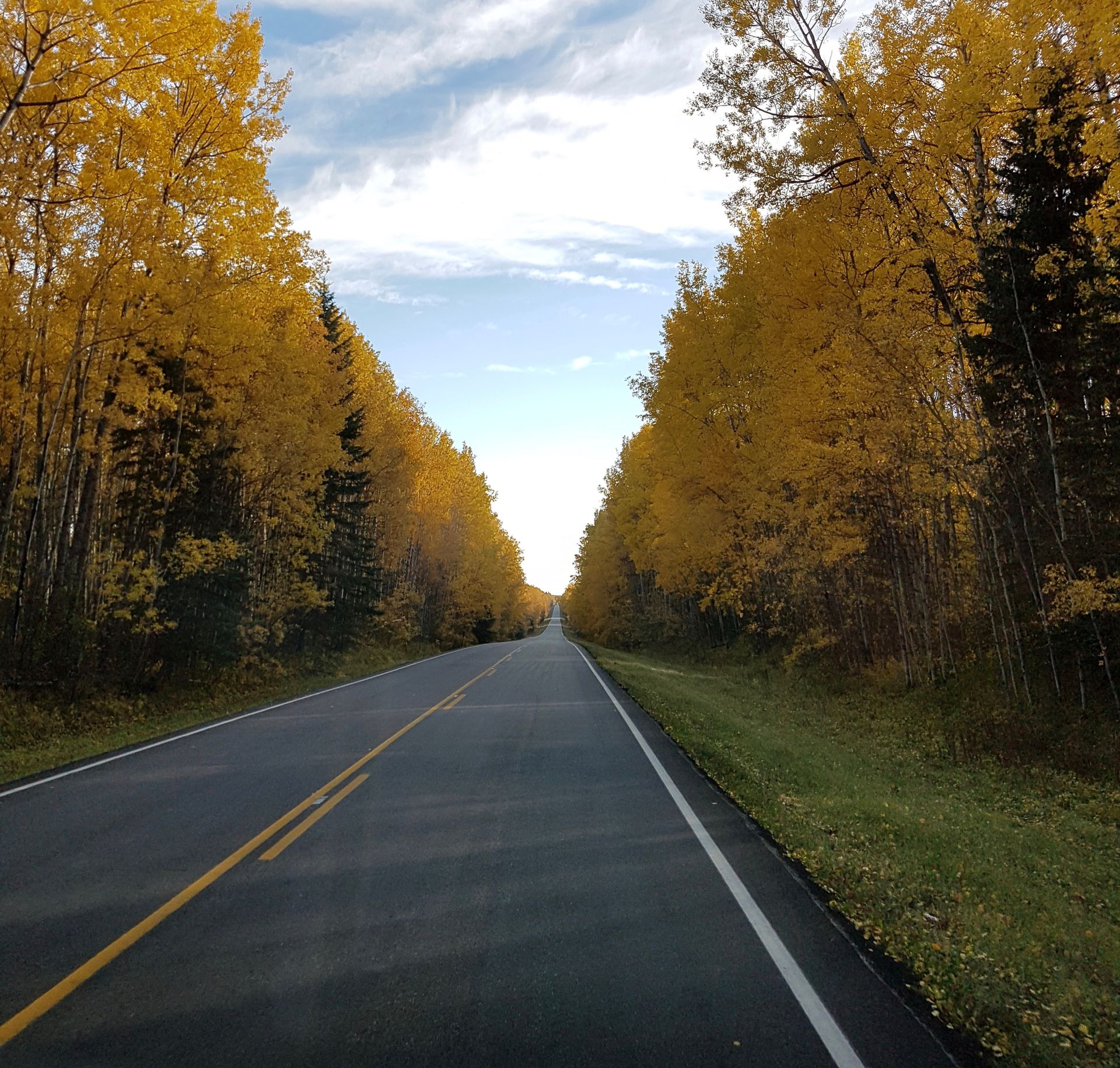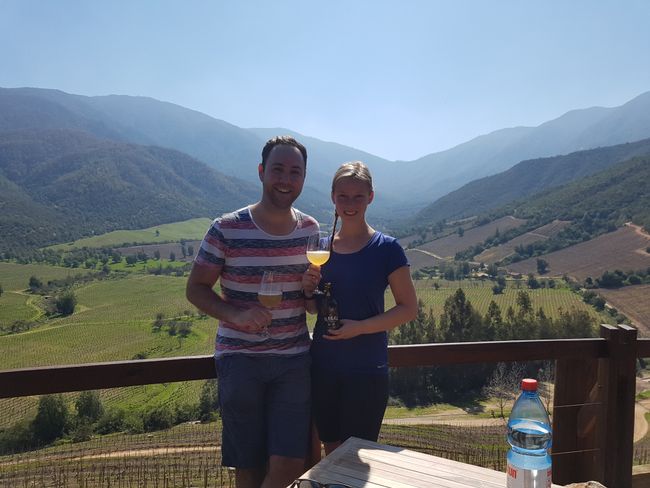Across the Andes to Chile
Ipapashiwe: 02.09.2017
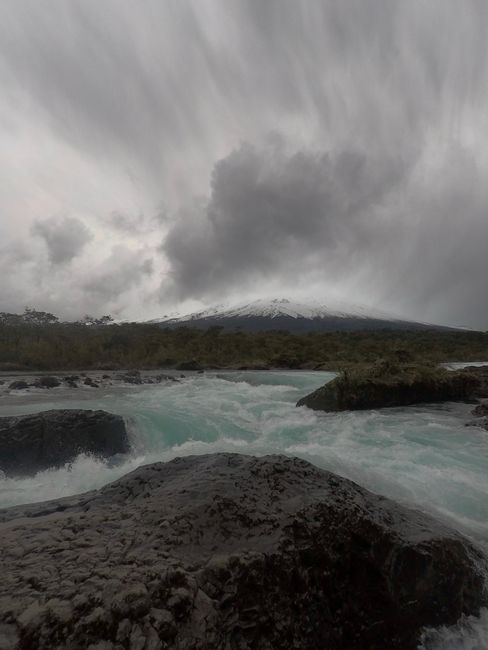
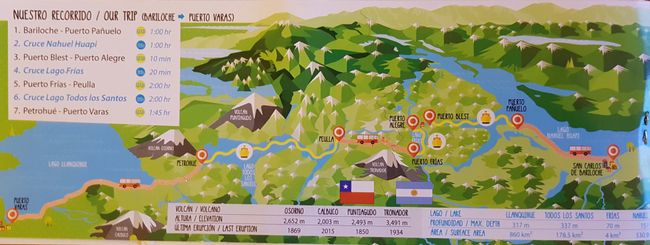
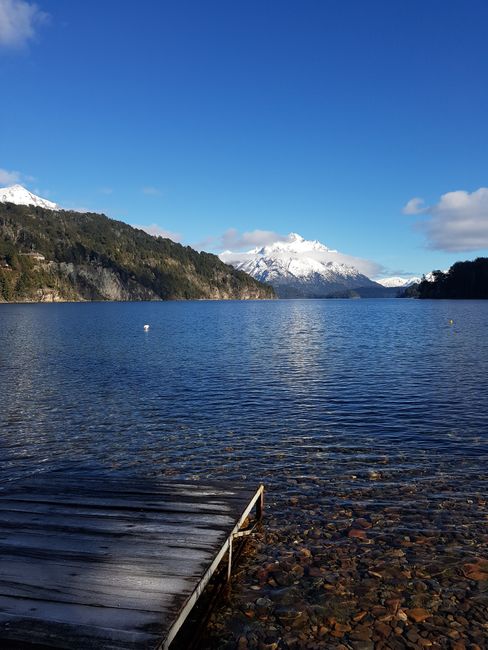
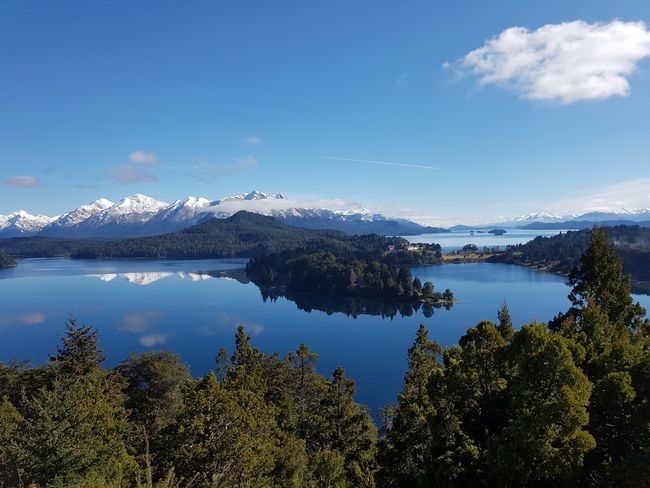
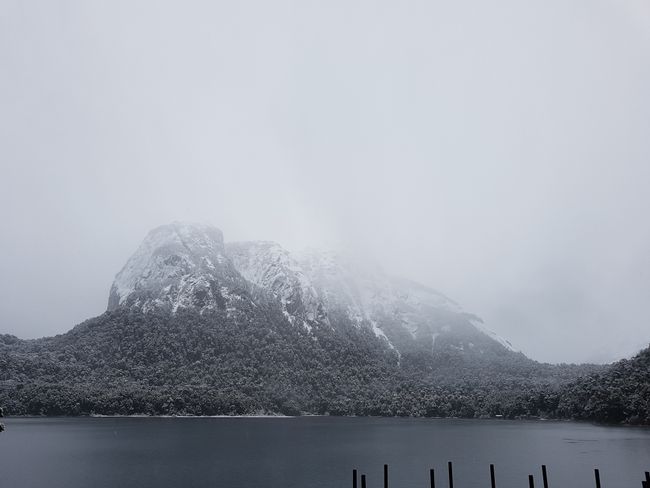
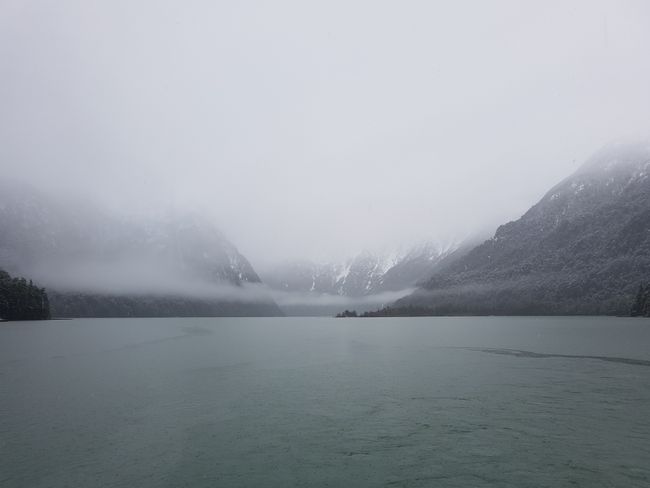
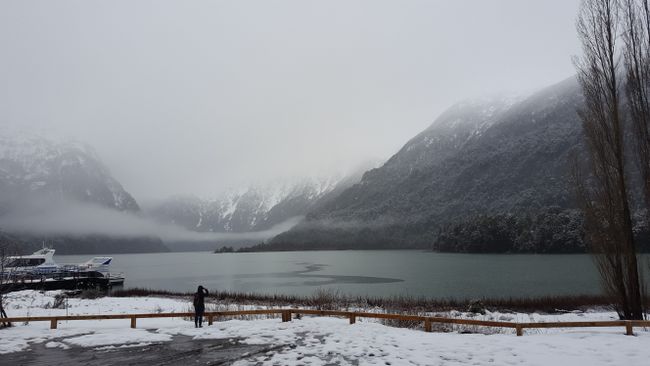
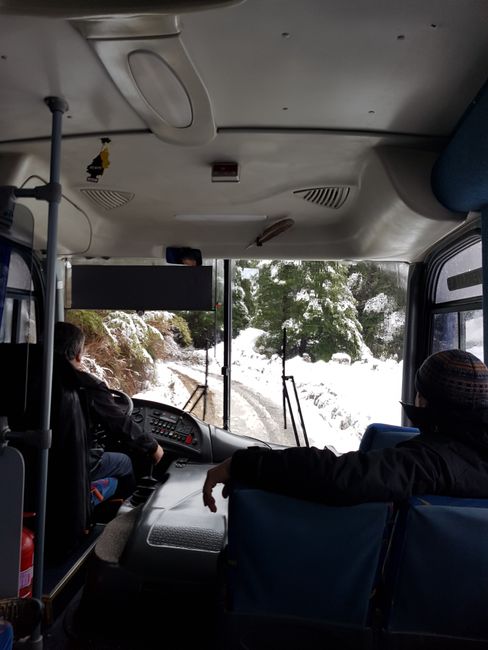
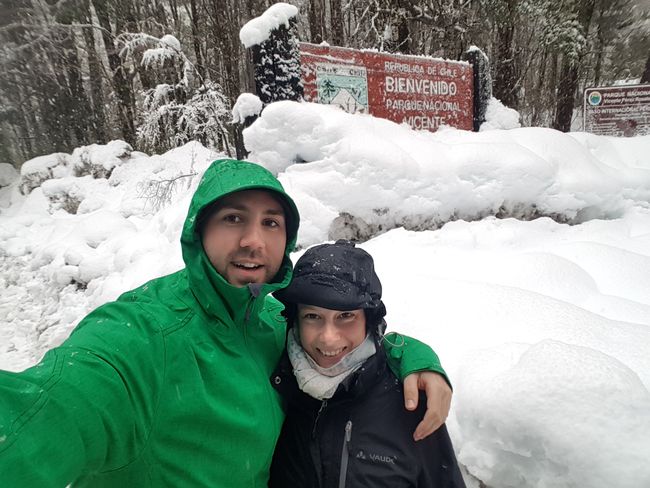
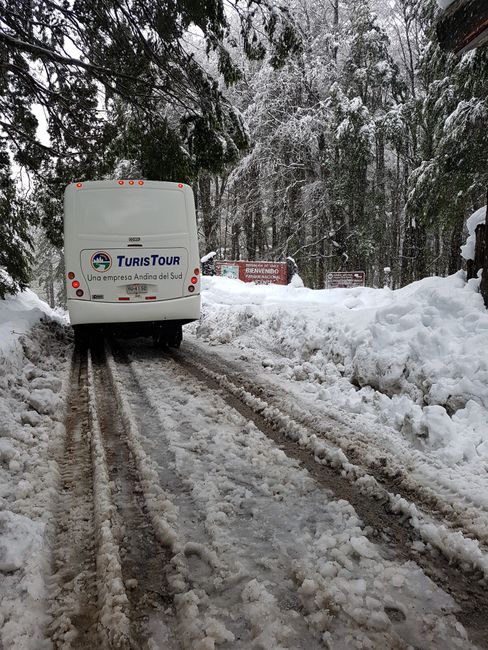
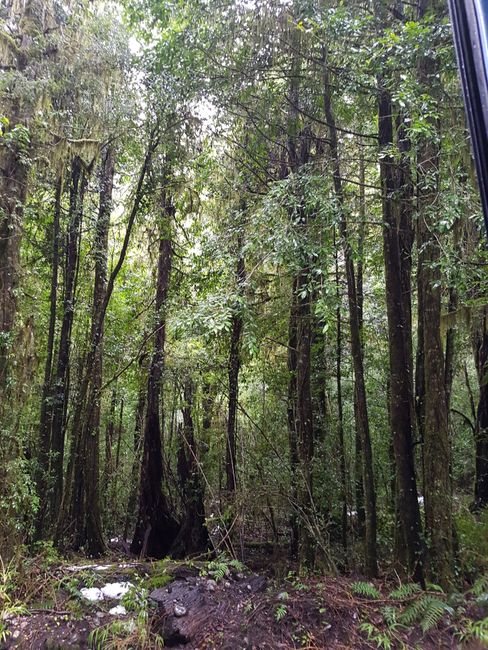
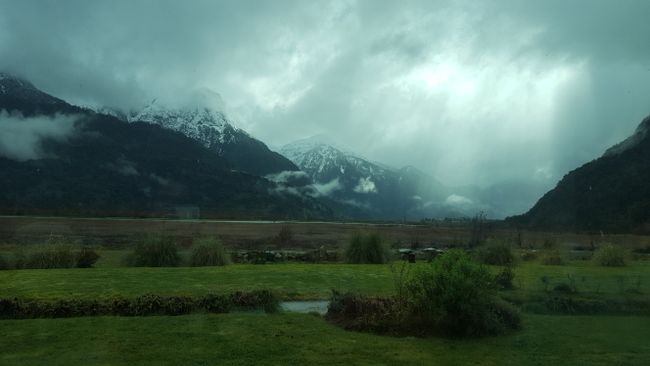
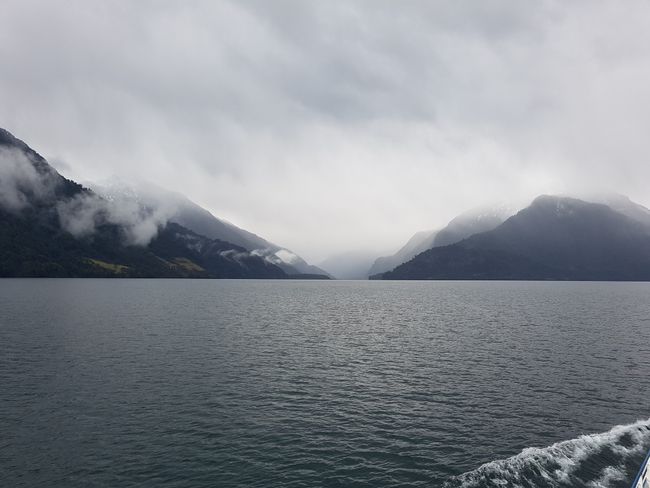
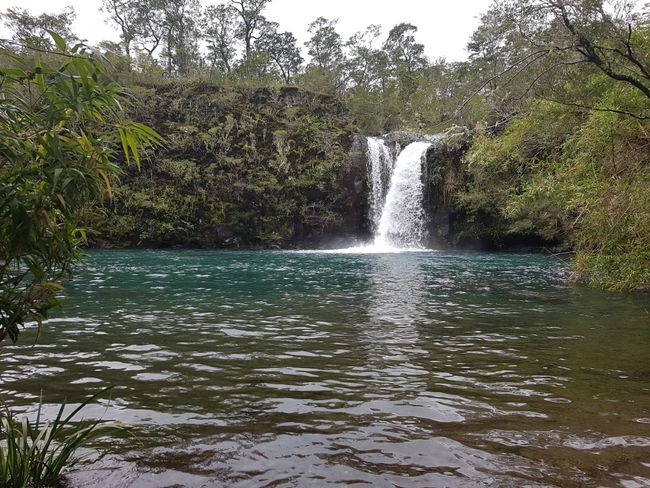
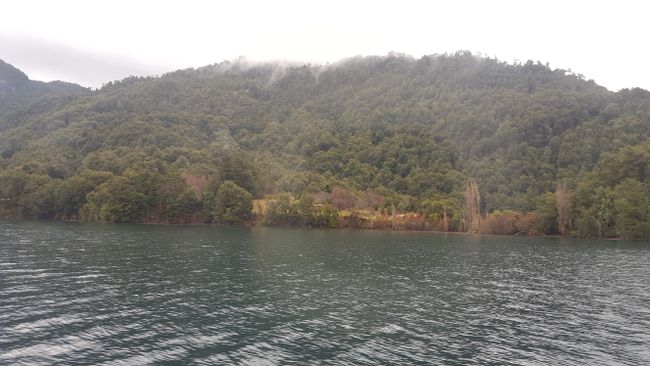
Bhalisela kwincwadana
Although only planned as a stopover, we were able to enjoy one of the most beautiful areas of Argentina in Bariloche.
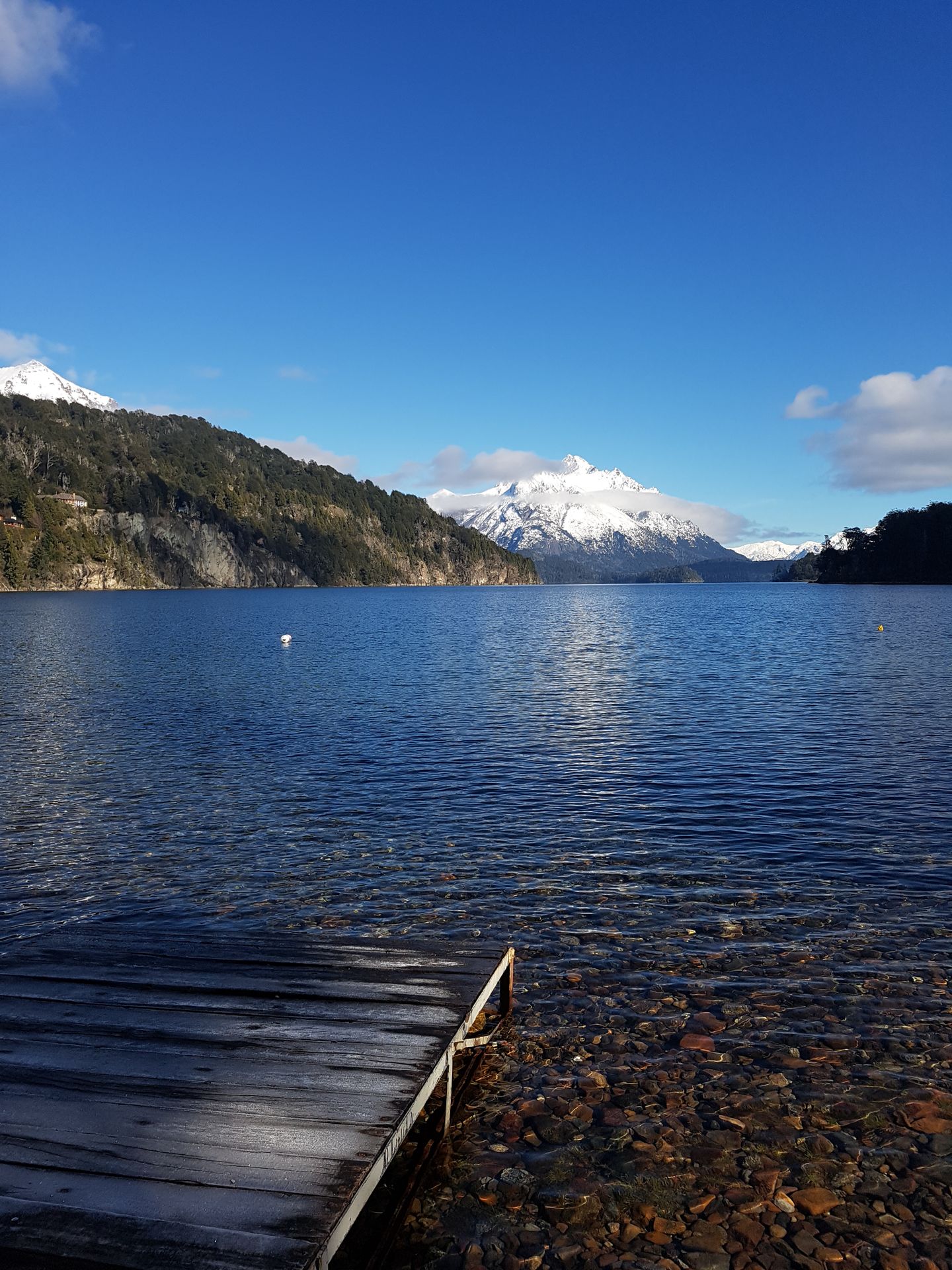

So we decided to rent bicycles and explore the picturesque area. However, after only 14km, Micha's chain broke and the adventure came to a sudden end in the middle of nowhere. What do you do when you have a breakdown and you don't speak Spanish? Right, you look for a hostel (we actually found one in the middle of the forest), point to the broken chain, and hope for the owner's help. He actually spent 20 minutes making phone calls to find a solution.
Unfortunately, the owner of the bike rental was not available with the only car that could have picked us up. So we had to find a bus stop (YES, it's really difficult to find bus stops in Argentina, any crowd of people could be one, there are no signs) and find our way back. Of course, we didn't have an electronic bus ticket and you can't pay on the bus. So we tried to find someone who would lend us their card by using gestures and sign language. Luckily, the Argentinians are very nice and helpful.
Now let's get to the crossing of the Andes ;-)
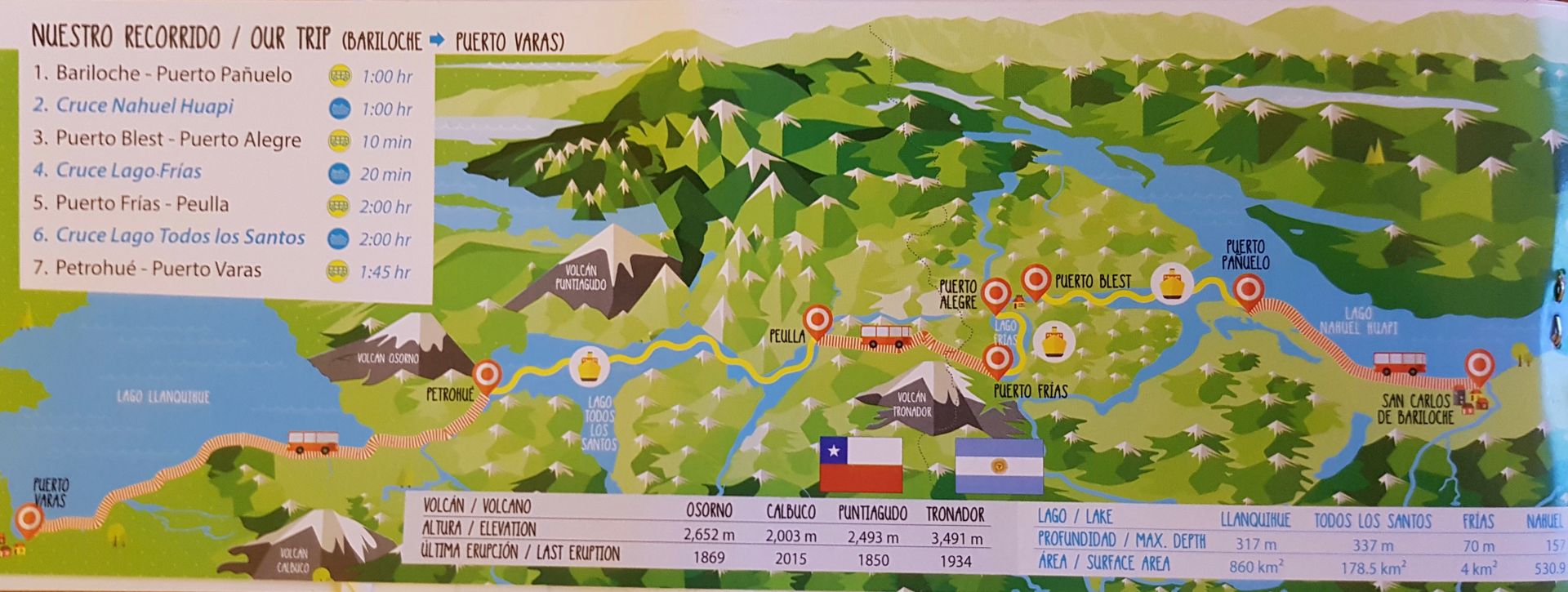
We thought it would be a great idea to extend the crossing over two days to take in the most of the scenic lakes and mountains, and to be able to enjoy the landscape from a hotel directly on the lake.
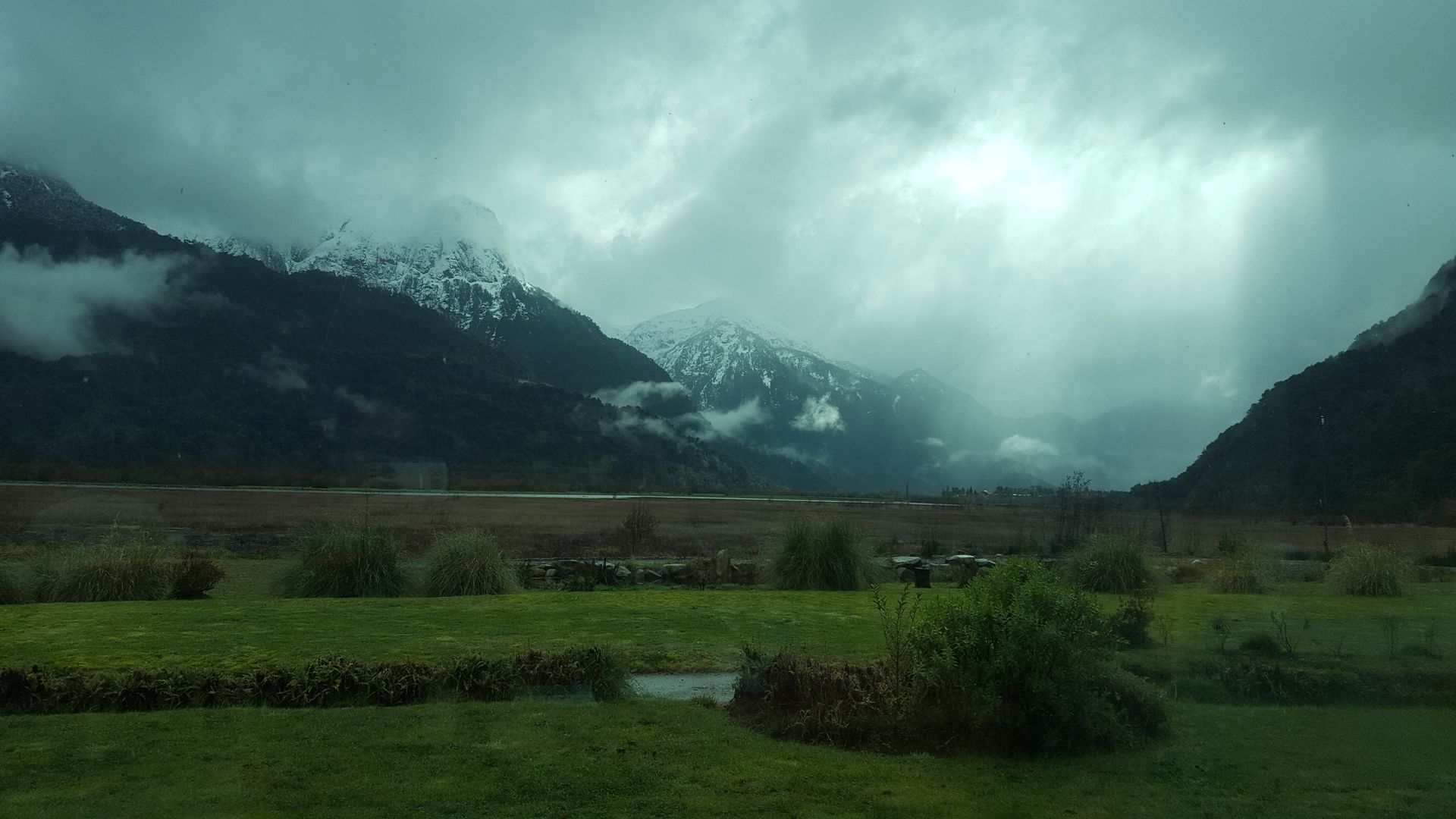
Unfortunately, we were unlucky this time as it rained continuously for the two days, the visibility was mostly bad, but it was still beautiful! At least we were forced to take some days off.
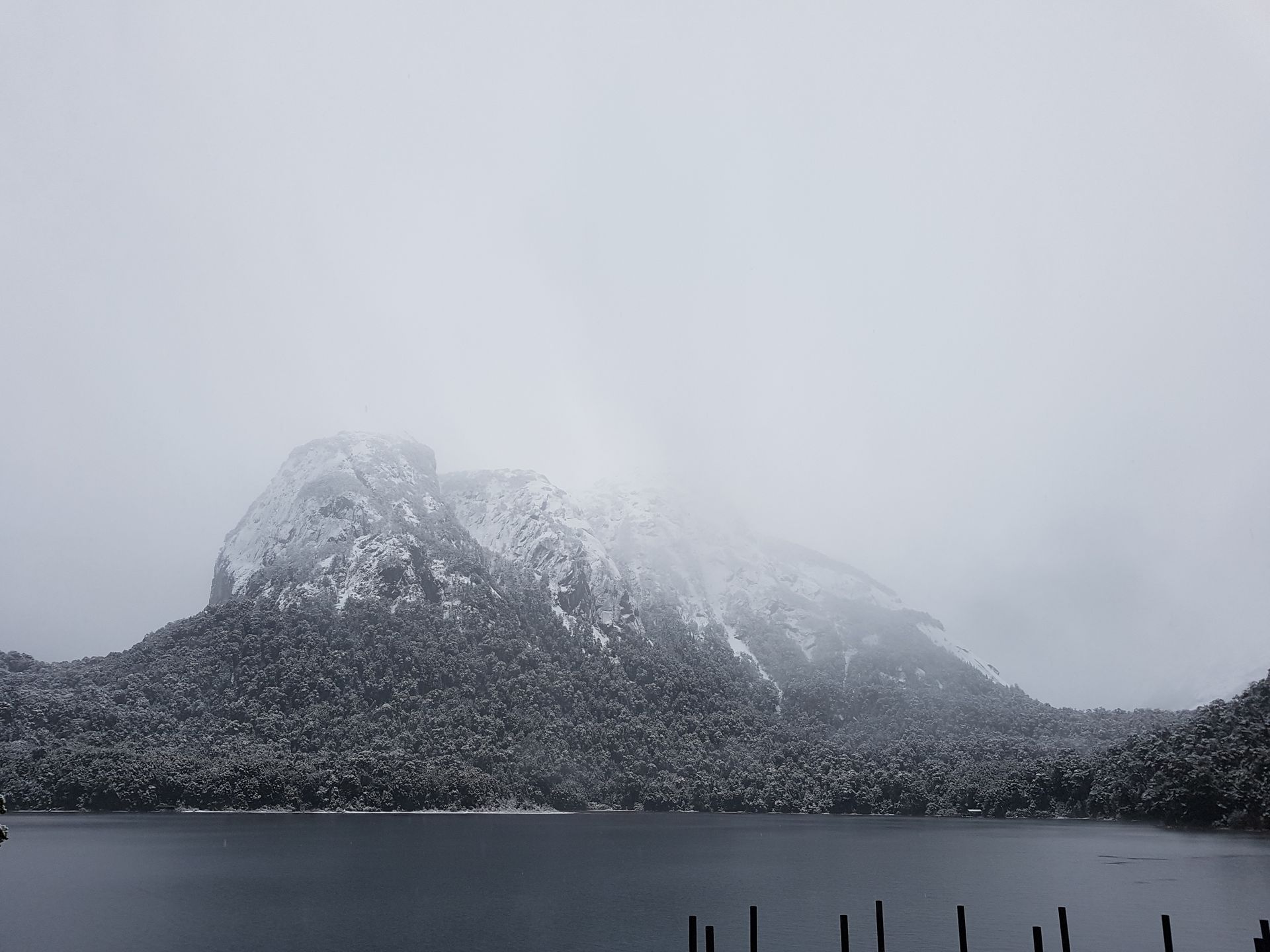
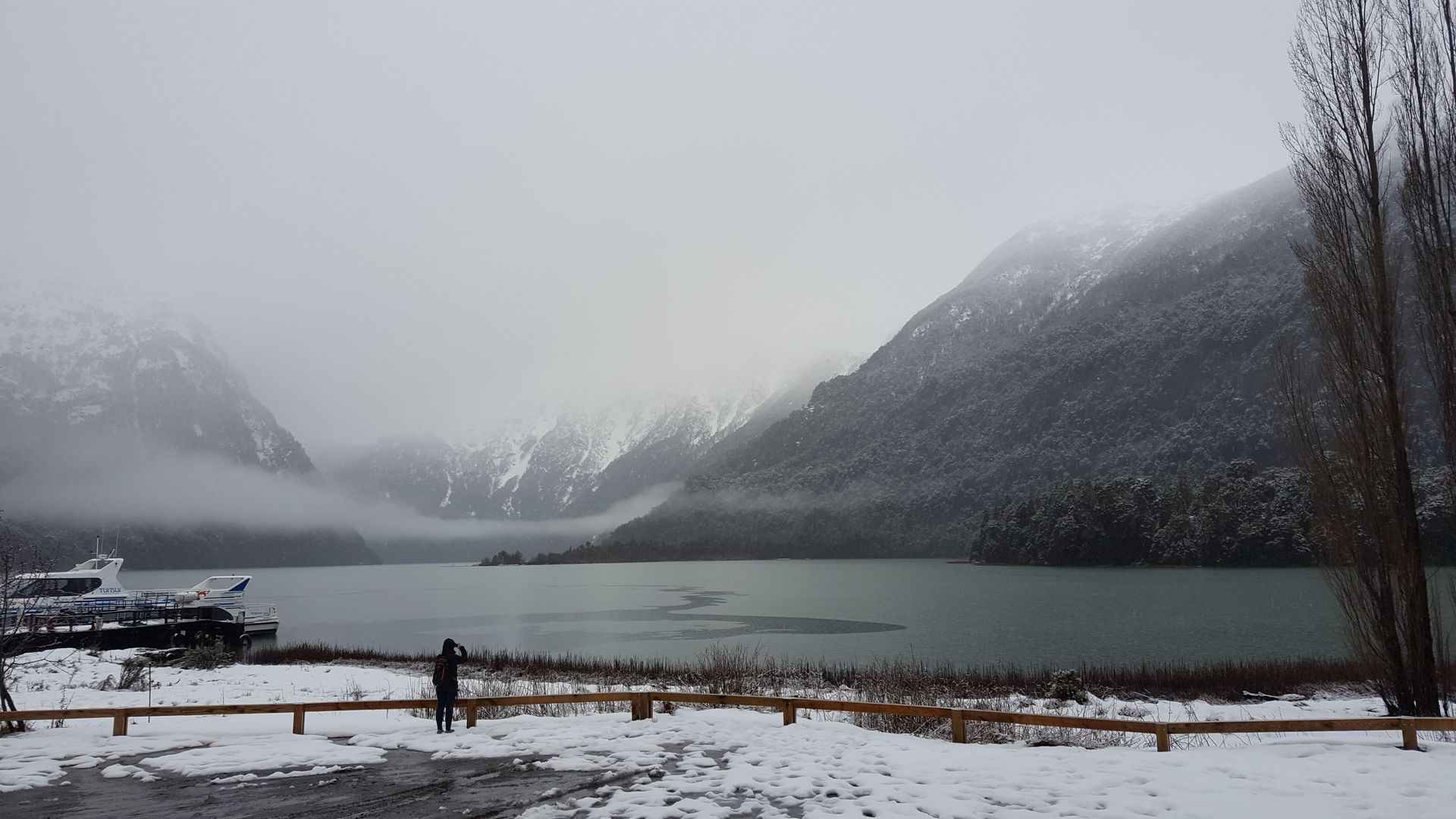
The route included a total of three boat trips and bus transfers in between. The most adventurous part was the bus ride for the border crossing, where we drove for 90 minutes with snow chains on a small gravel road in the rainforest for 30km.

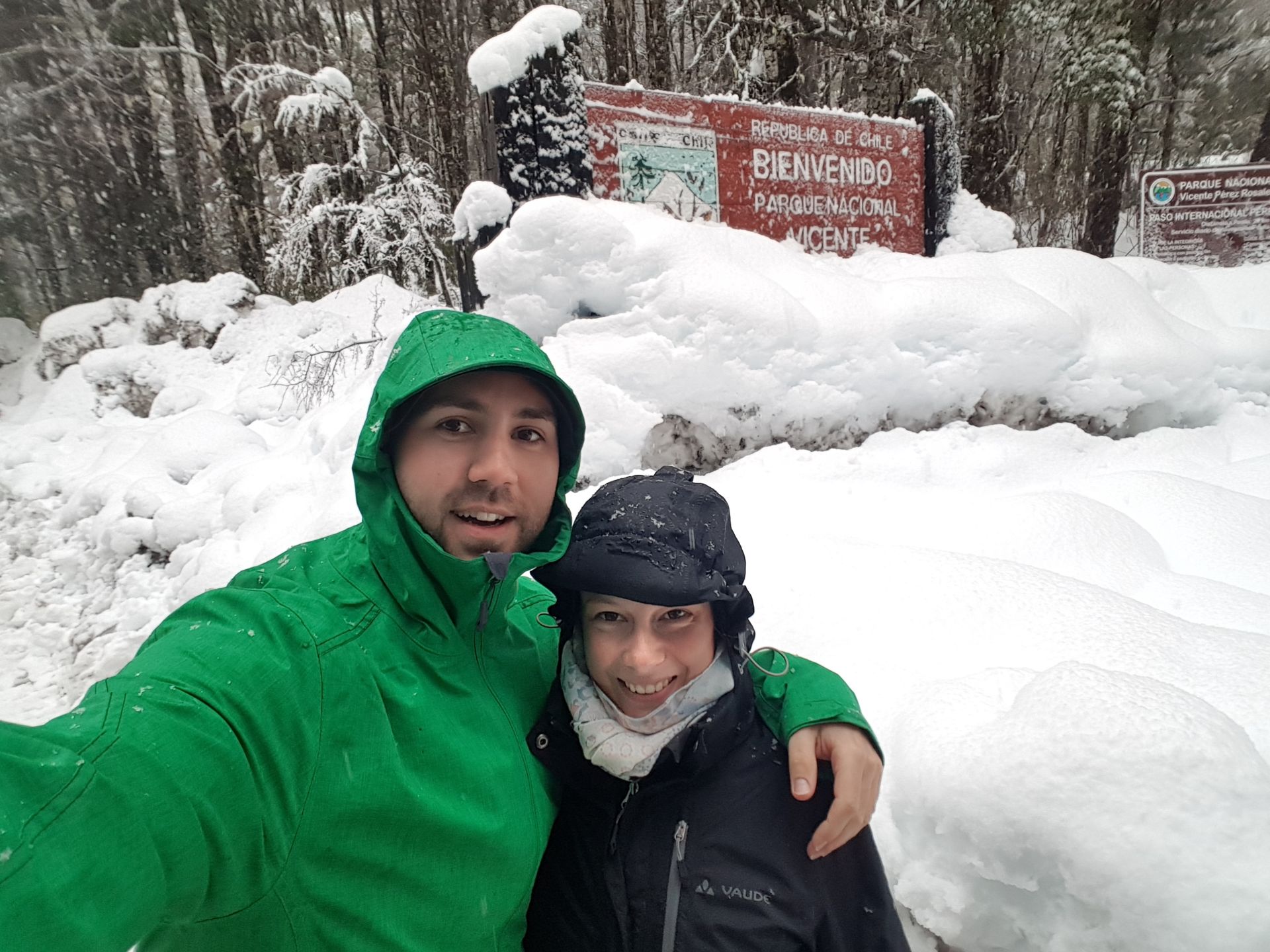
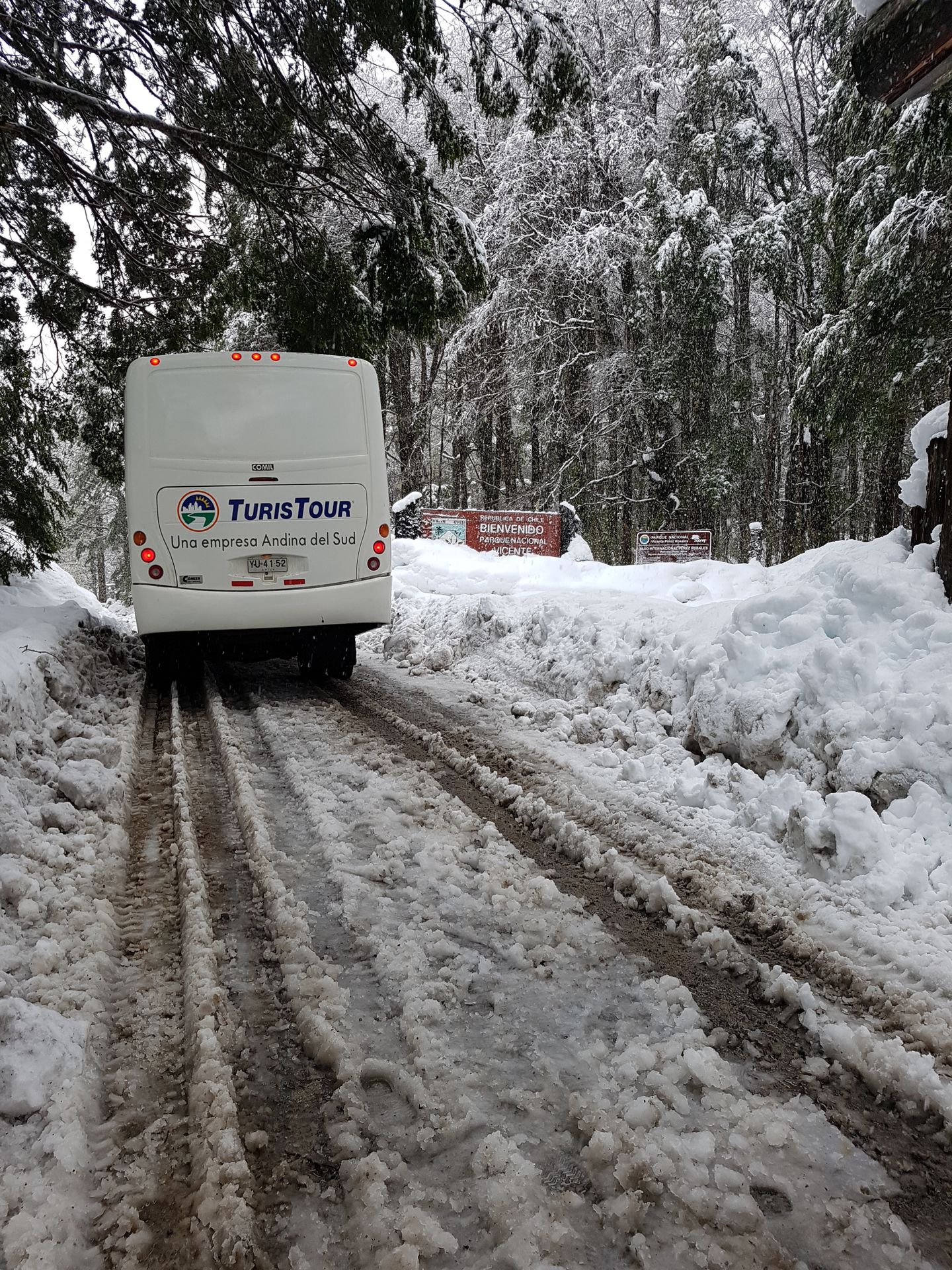
Yes, you read that right, rainforest. We were also surprised because it gets cold there in winter, but the forest actually looked like a rainforest and the deciduous trees were still green despite it being winter. In contrast to the extremely dry and mainly pampas-dominated Argentina, the clouds from the Pacific gather on the Chilean side of the Andes and release their water there. As for whether there are actually pumas there, everyone always talks about it, but we can't confirm it with certainty yet.

On the last stretch of the journey, we were able to admire the famous Osorno volcano, although the upper half was still shrouded in clouds.


Almost the entire area we crossed is a national park, but there are still numerous summer houses on the Chilean side and a few farms on the shores of the lakes. These are leased lands of the first German settlers, which were not taken away from the settlers but transferred to them when the national park was founded. So to this day, some of the national park land is privately owned. Many farmers have since decided to operate summer houses as a side or main source of income, or to sell parts of their land for this purpose. This is also beneficial to nature, as much farmland is returning to its wild state and is no longer cultivated.
Most of the houses can only be reached by boat and are surrounded by forests. The boat company we traveled with offers discounted ferry rates for locals, and occasionally the catamaran has to stop and a local person jumps into a small nutshell to be picked up by a neighbor. The company even allows schoolchildren to travel for free, so around 50 of them have to make their way to school on Mondays and Fridays.

The first impression of Chile is very positive, the people are open and surprisingly, you can still see the German influence everywhere. Next, we will be in Valdivia, a small city on the Pacific coast.
Best regards, Micha & Bekki
PS: I would like to point out again that none of the pictures are edited, the colors are really like that ;-)
Bhalisela kwincwadana
Phendula
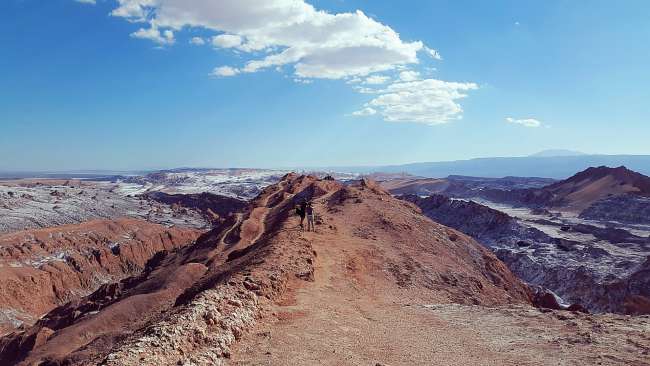
Iingxelo zohambo Tshile
